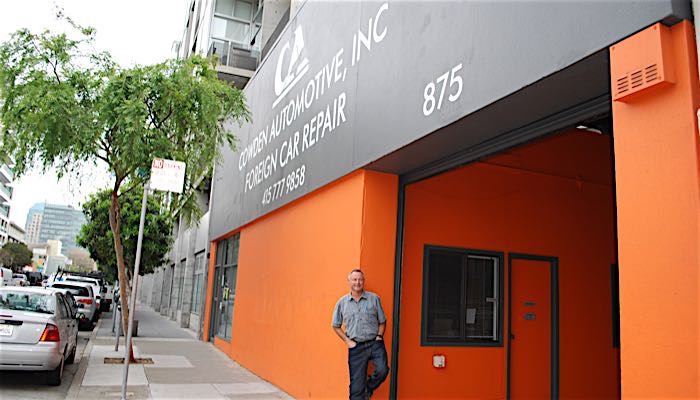Buoyed by a pause in the increase of gas prices and a sense that the job market is improving, U.S. consumer confidence has hit its highest level since the beginning of the financial crisis in September 2008. As measured by the RBC Consumer Outlook Index, consumer confidence rose to 46.7 for June, up 3.8 points from May’s 42.9 reading.
“The rise in consumer confidence in June was broad-based, with all of the key underlying metrics rising. This improvement is likely a response to the sharp pullback in gasoline prices over the last few weeks. That said, it’s important to note that even with this welcomed increase, confidence remains below the historical average and is only slightly better than the average for all of 2010,” said RBC Capital Markets Chief U.S. Economist Tom Porcelli.
With the federal debt ceiling having been reached and Congress focused on deficit reduction, Americans remain divided over what course they want lawmakers to take, according to RBC. Although defense and entitlements make up the largest part of the budget, only one in four Americans (27 percent) want to see defense spending reduced and 17 percent want to see Medicaid cut. Even fewer want to cut Medicare (12 percent) or Social Security (10 percent). Only one in five (18 percent) want to see tax increases as part of a budget deal. Instead, 59 percent of Americans want Congress to cut an unspecified group of “other government programs.”
How Americans believe the U.S. should address deficit reduction:
• Scale back other government programs – 59 percent
• Scale back defense spending – 27 percent
• Scale back Medicaid – 17 percent
• Scale back Medicare – 12 percent
• Scale back Social Security – 10 percent
• Raise taxes – 18 percent
• None of these – 23 percent
“While most people recognize that the deficit is a significant issue, it seems that few appreciate what really is required to fix the problem. Few are willing to see entitlements, the most problematic part of the deficit, scaled back. Instead, most favor scaling back “other” government spending, which accounts for a very small share of the deficit,” said Porcelli. “The lack of willingness by voters to take on these issues highlights the high hurdle for elected officials to adopt the real and necessary reforms required to get the deficit under control.”
The RBC Consumer Outlook Index for June saw across-the-board gains, with increases in all of the sub-indices. One of the chief forces depressing consumer confidence – high fuel prices – appears to have abated, according to RBC. After three months in which 90 percent of consumers said that they expect fuel prices to increase, only 75 percent of the consumers in the latest survey expect fuel prices to rise.
This month’s increase in the RBC Consumer Outlook Index is driven partly by a stronger Current Conditions Sub-Index, which rose nearly four points to 36.8, from 32.9 in May, its highest since January 2010. While still low by historical standards, this is the highest Current Conditions score observed over the past year.
The strengthening of the Investments Sub-Index, which improved 4.5 points to 41.0, up from 36.5 in May, also contributed to the improvement in the overall Index. As with the Current Conditions Sub-Index, June’s Investments Sub-Index number was the highest since January 2010. However, despite the stock market’s generally positive performance in recent months, large numbers of consumers continue to believe that it is a bad time (32 percent) to get into the market or are unsure (52 percent).
The Jobs Sub-Index rose nearly four points to 54.7 this month, up from 50.8 in May, its highest level since January 2008. It is also the first time since 2008 that employment confidence has been above the historical mean of 53.9.
The Consumer Expectations Sub-Index also rose this month to 56.6, up 3.4 points from 53.2 in May, barely below the 12-month high of 56.8 in February. Reflecting the growing optimism, nearly four in 10 Americans (38 percent) say the country is headed in the right direction, compared to 62 percent who say it is on the wrong track. While hardly a ringing endorsement of the country’s condition, the “right direction” number climbed 8 percent, up from 30 percent last month.
The RBC U.S. Consumer Outlook is based on data collected from interviews with a nationally representative sample of more than 1,000 U.S. adults conducted over a multi-day polling period each month by Ipsos, the world’s second-largest market and opinion research firm. Weighting is employed to balance demographics and ensure that the survey sample’s composition reflects that of the U.S. adult population according to Census data and to provide results intended to approximate the sample universe.

